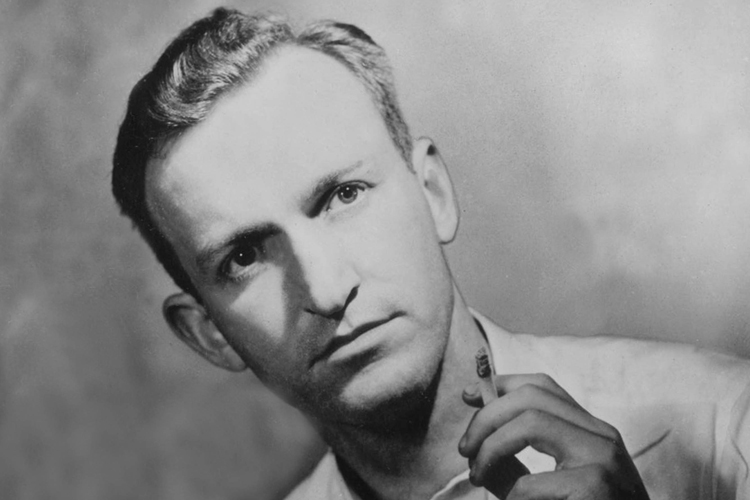JOHN HORNE BURNS (d: 1953) was an American author born on this date. He is best known as the author of the 1947 story-cycle The Gallery, which depicts life in Allied-occupied Naples, Italy, in 1944 from the perspective of several different characters. In this work he explores the themes of material and class inequality, alcoholism, relations between the sexes, and sexuality in general, including homosexuality, with the encounter between American and Neapolitan culture as a general thematic backdrop. The “Gallery” referred to is the Galleria Umberto in down-town Naples. At the time of its release, Burns was considered to be a peer of the hot shot authors of his day, including James A. Michener (whom he later offended with a sneering pan of one of Michener’s novels) Irwin Shaw, Alfred Hayes and Gore Vidal whose The City and The Pillar came out a year after The Gallery.
Burns was born in 1916 in Andover, Massachusetts. He was the eldest of seven children in a prominent Irish Catholic family. He was educated at the Sisters of Notre Dame convent school and then Andover Academy, where he pursued musical, rather than literary, endeavors. In 1937 he graduated Phi Beta Kappa from Harvard with a degree in English, and became a teacher at the Loomis School in Windsor, Connecticut. At some point he learned Italian.
Entering the U.S. Army as a private in 1942, he served in military intelligence in Casablanca and Algiers until Pentagon officials sent him to the Adjutant General’s School in Washington D.C. Subsequently commissioned a second lieutenant, he spent the remainder of the war censoring prison-of-war mail in Africa and Italy. These experiences were to provide material for The Gallery. After his discharge in 1946 he taught at Loomis for another year before returning definitively to Italy.
By far Burns’s best-known work, The Gallery was published in the summer of 1947. His second novel, Lucifer with a Book, appeared in 1949, but received little praise, and he wrote travel pieces for Holiday magazine to survive. Disheartened by the critical reception of his novel, he retreated to Italy, where he began his last published work, A Cry of Children (1952). When this work also received witheringly negative press, he wrote a fourth novel, never to be completed. After a sailing trip, he lapsed into a coma and died from a cerebral hemorrhage on August 11, 1953. Initially buried in Rome, his remains were disinterred and reburied in Boston.
Burns’s works often feature homosexual themes, and he is known as a gay novelist. As recorded by his contemporary Gore Vidal, Burns said that “to be a good writer, one must be homosexual, perhaps because his or her marginalized status provides the gay or lesbian author with an objectivity not attainable within mainstream culture.” Burns’s fiction though, is not exclusively restricted to gay themes. Some of his fictional pieces use a heterosexual female perspective, and conformity to class as well as gender expectations plays a large role in these texts.
